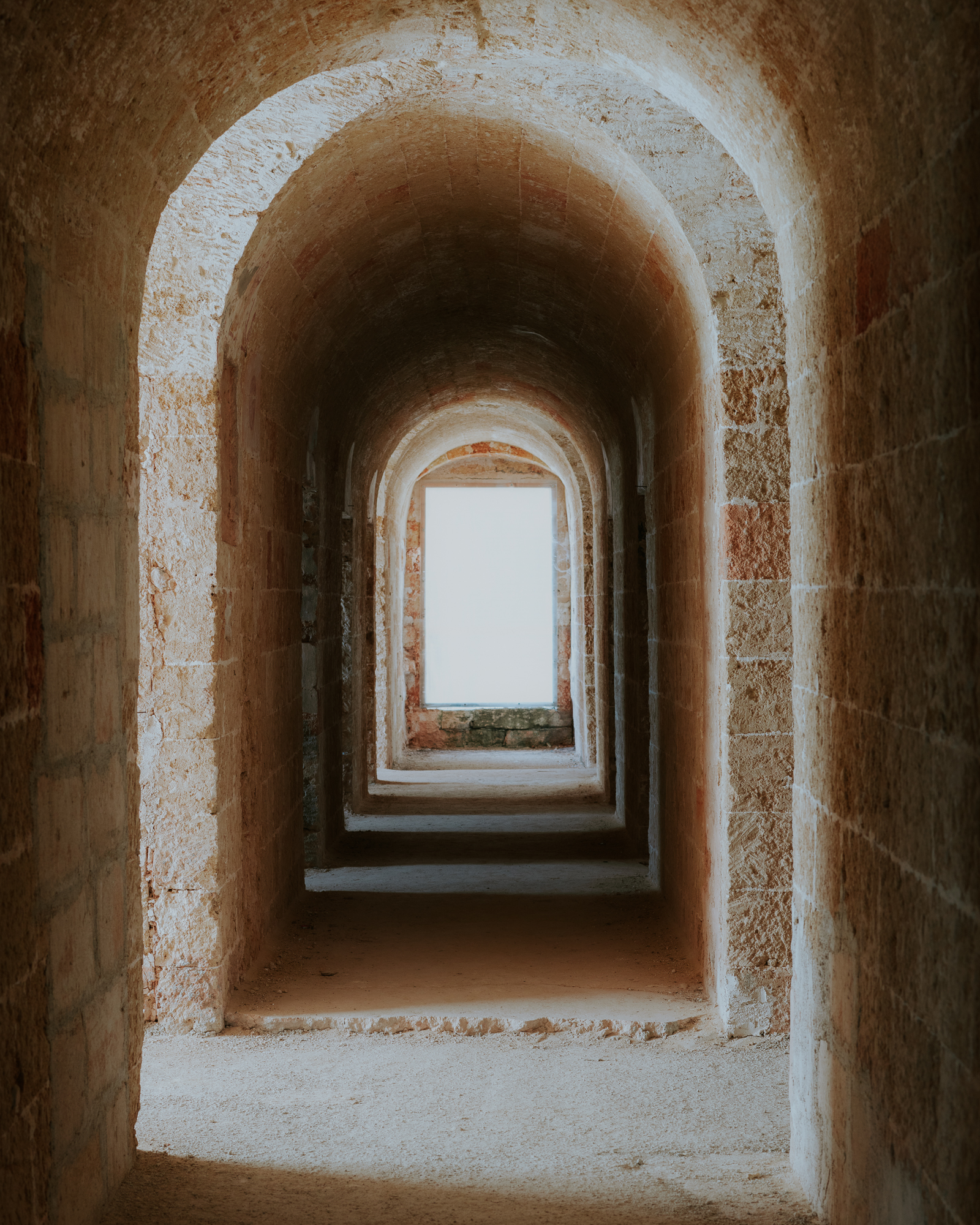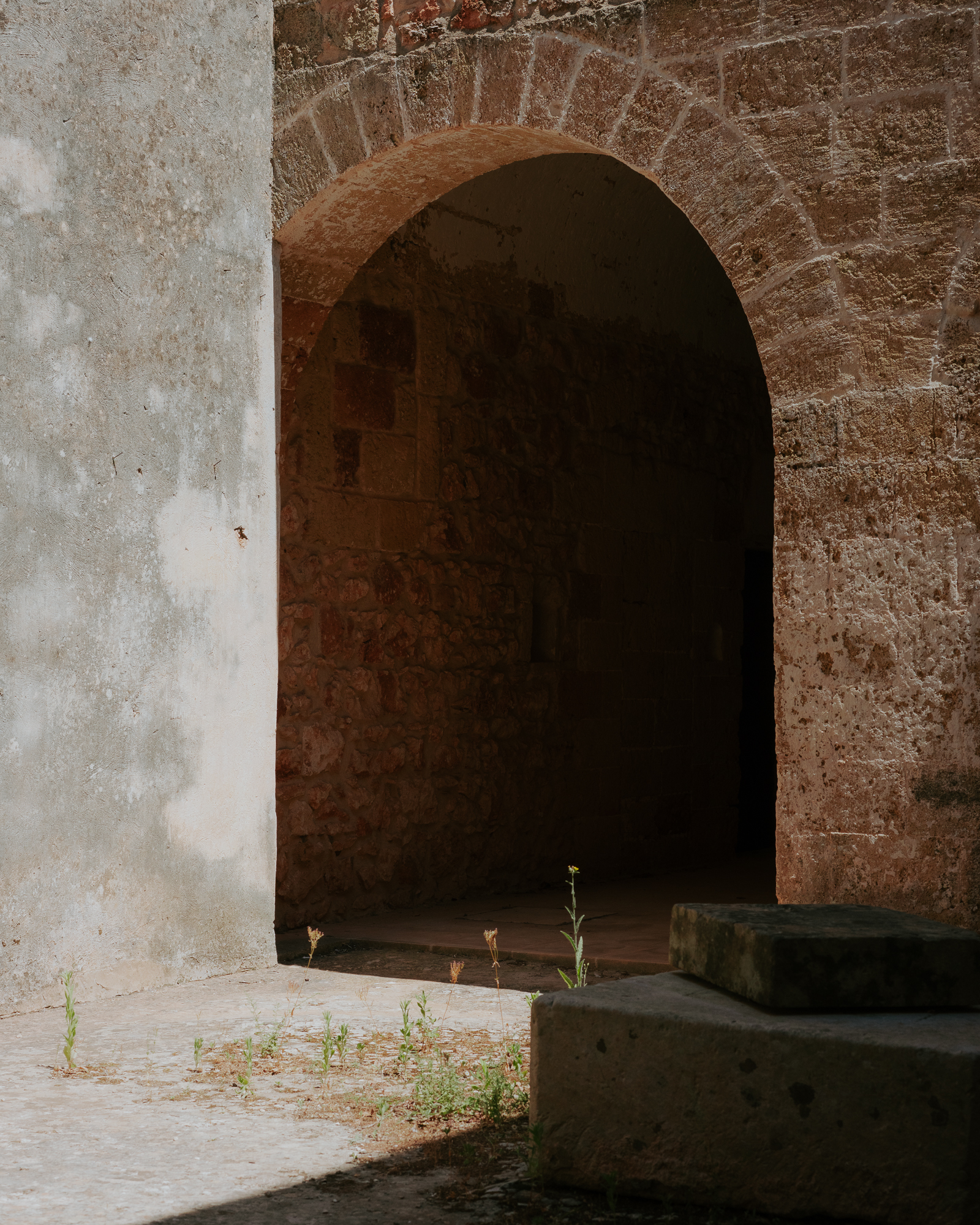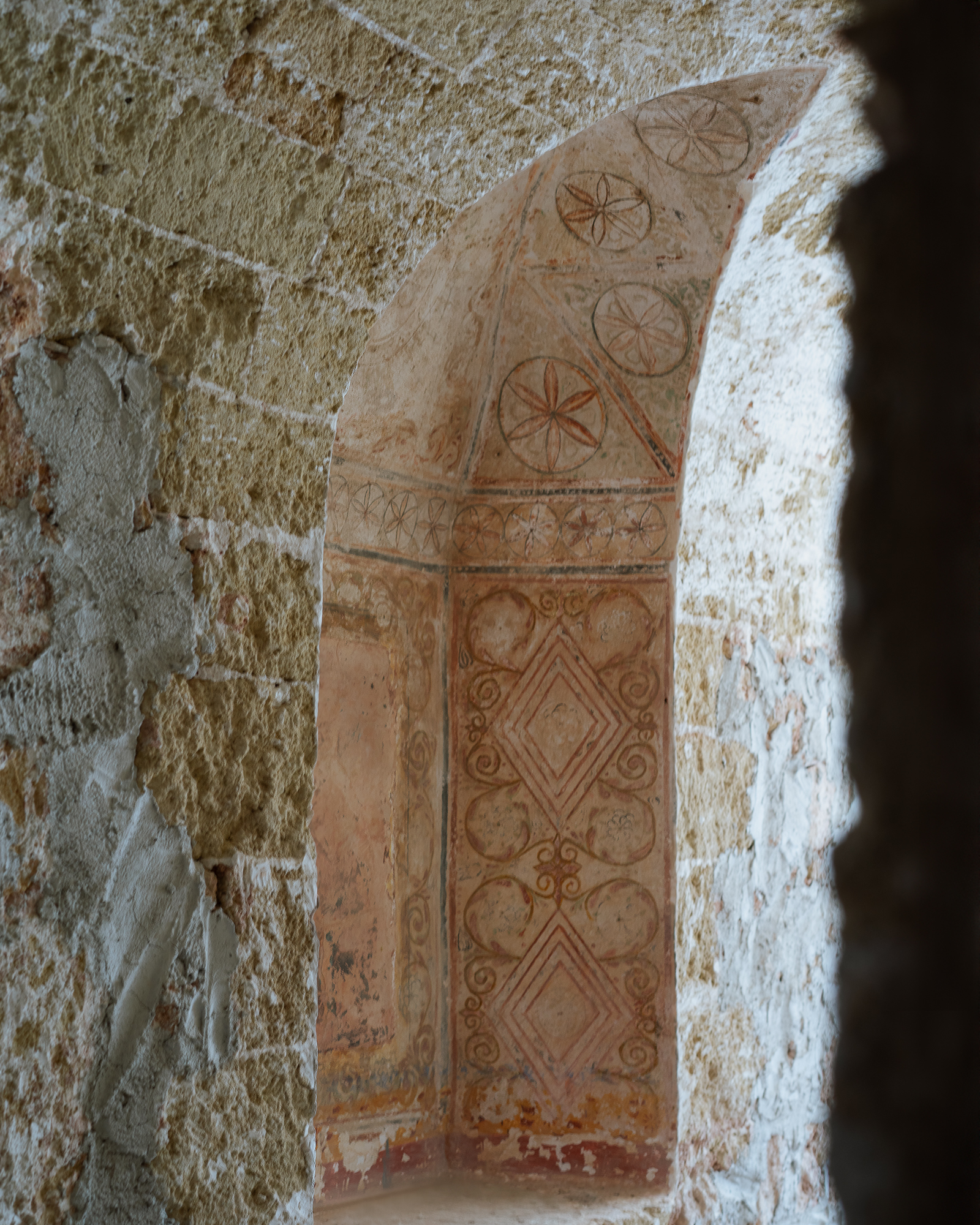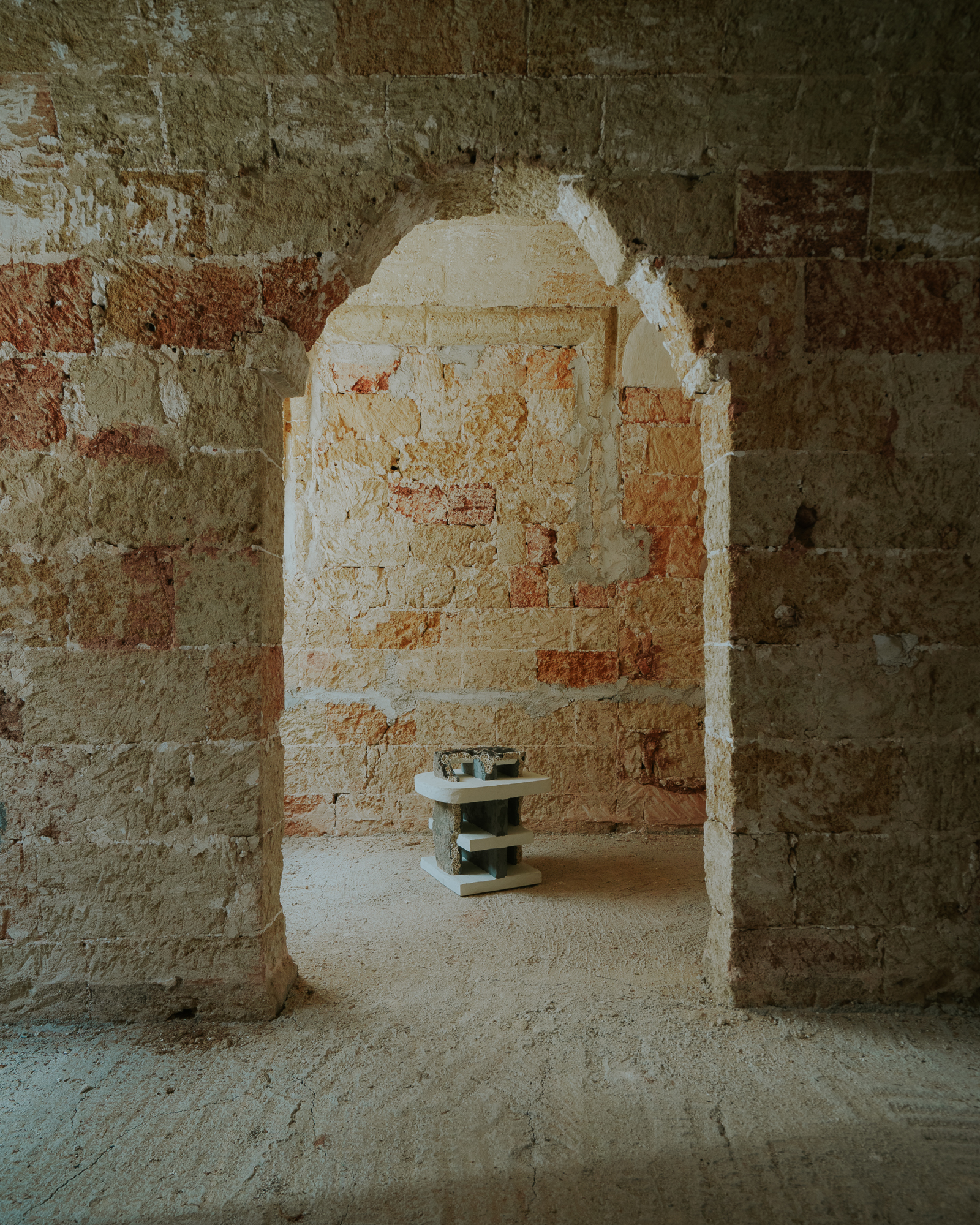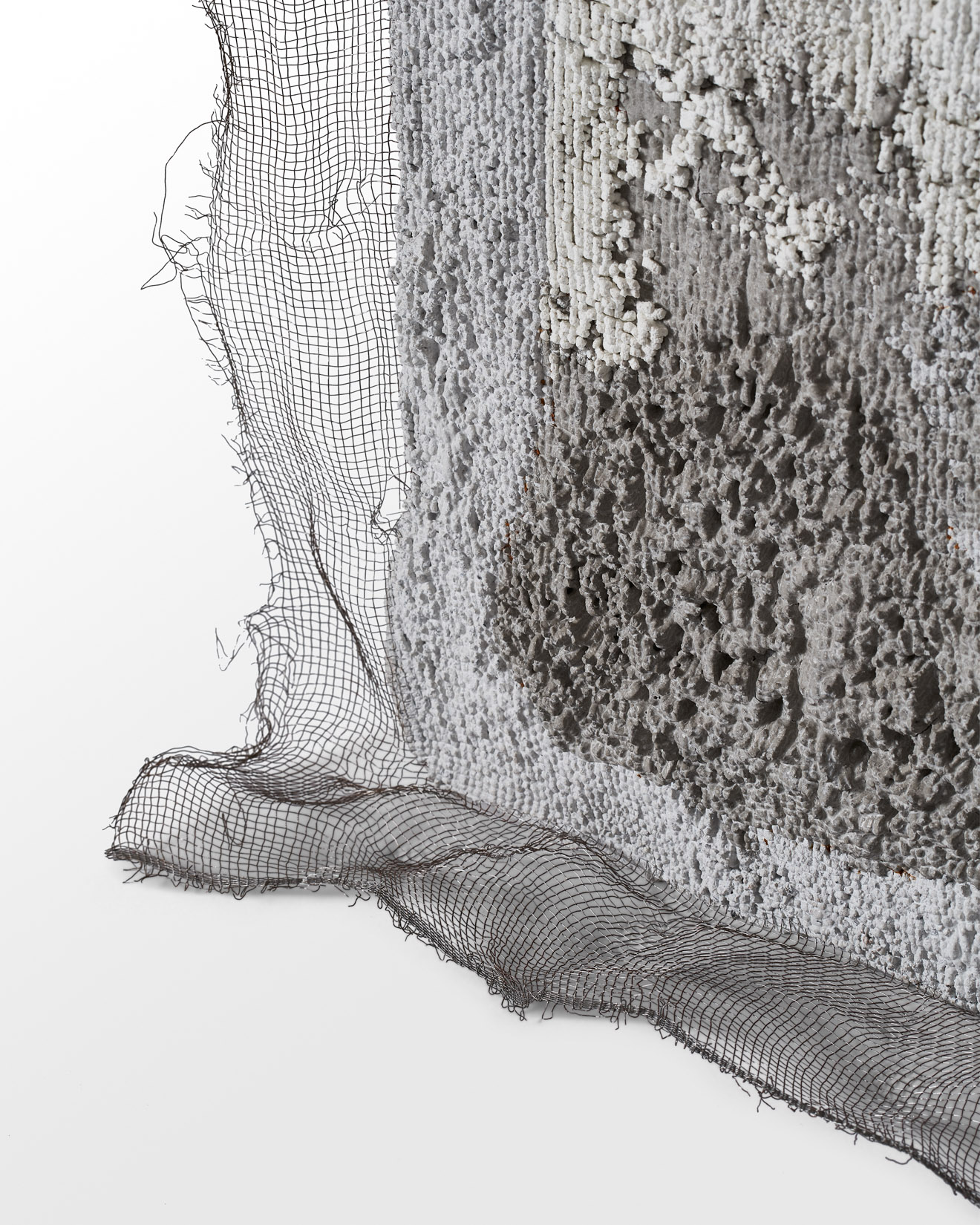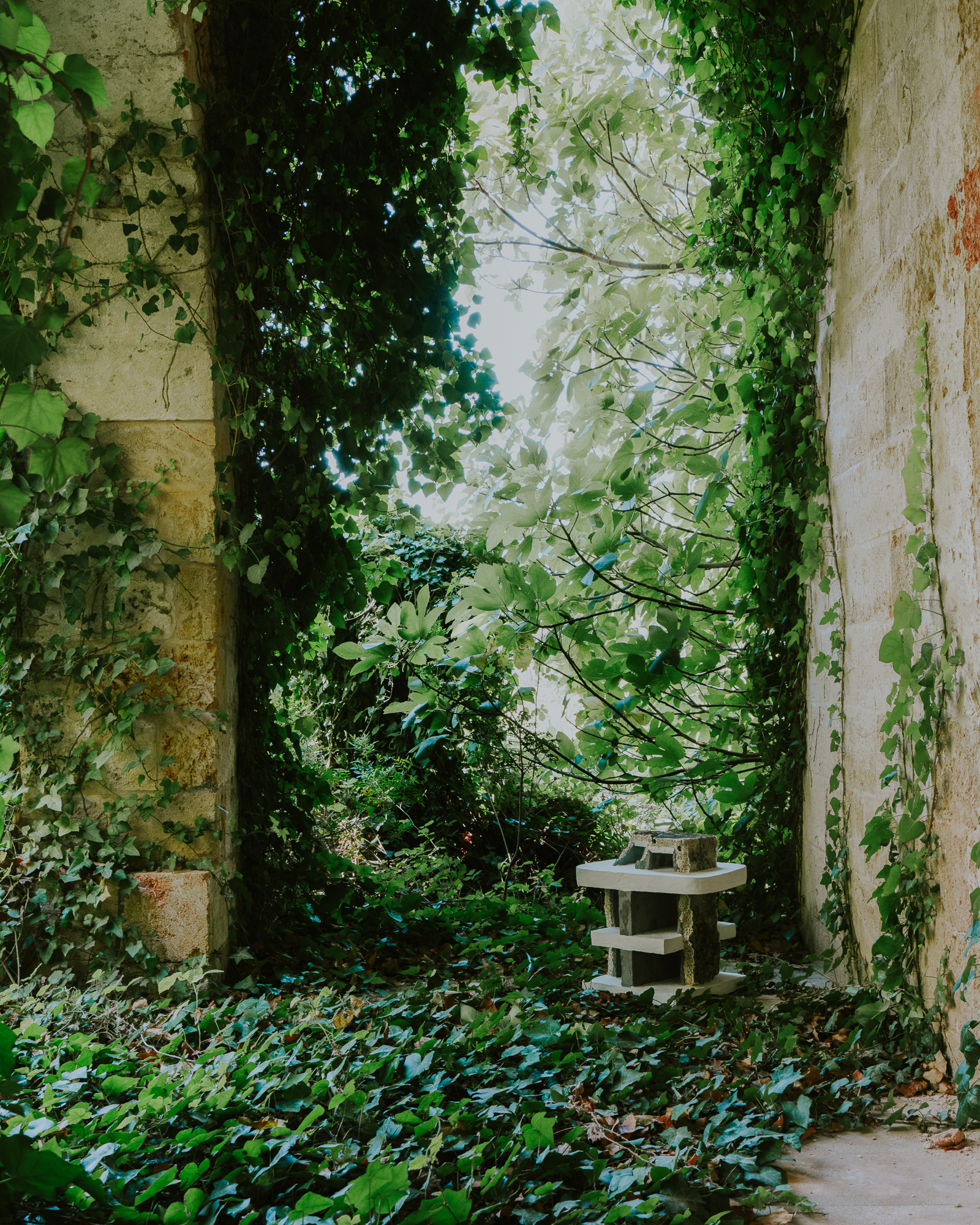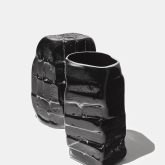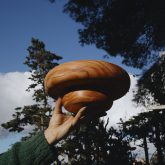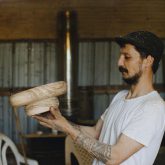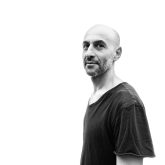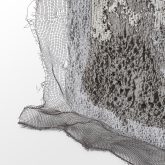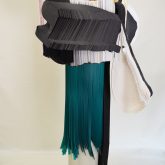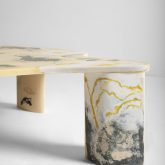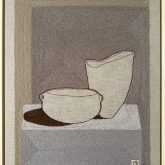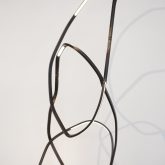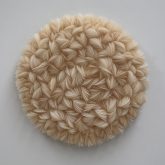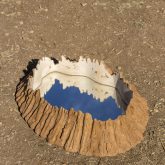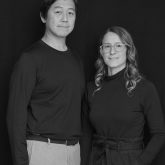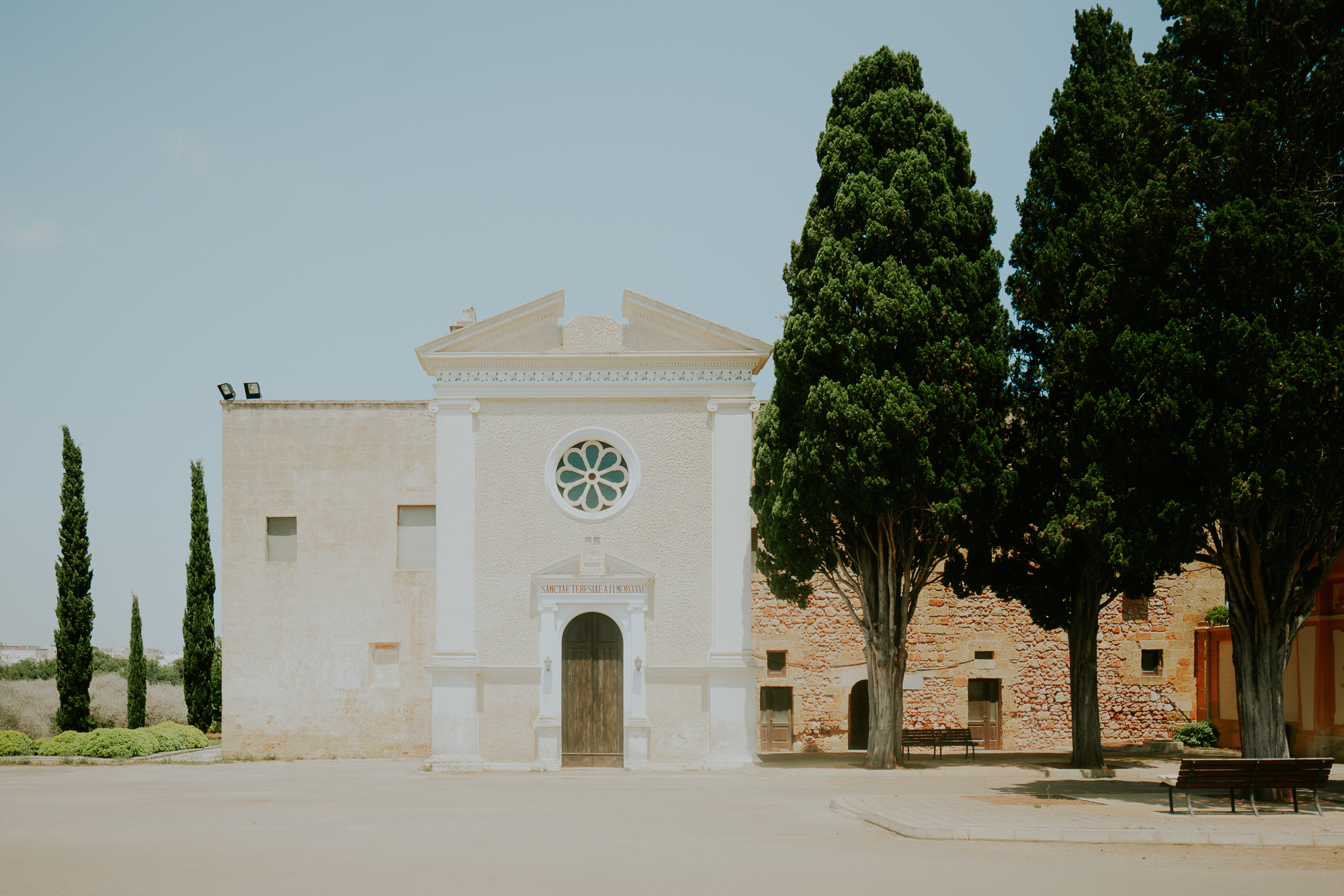From the quiet cells of Salve’s former Capuchin Monastery, a story unfolds where stone meets thread and light behaves like language. INTRECCI•INTERTWININGS opens with a vernissage on 30 August at 6 pm and is open to the public from 31 August to 14 September 2025, with daily visiting hours 10:00–12:00 and 17:00–20:00, by registration. The exhibition does not simply inhabit a venue; it listens to a building that still carries seventeenth-century frescoes and the patina of time, letting its modest rooms and passageways guide the cadence of the visit.
Co-curated by Valentina Rito and Giacomo Niccolai and organised by Maria Elena Perrotta with Veronica Tucci, the project inaugurates a cultural path that binds contemporary practice to the memory of place. What emerges is less an exhibition than a method: to read the territory through the materials that formed it and the crafts that continue to name it.
The curatorial weave moves along three interlaced trajectories. “Light and rituality” rekindles the legacy of lamp-oil and rural lanterns, translating domestic rites into intimate installations. “Threads and weaves” looks to Salento’s textile know-how, where interlacing becomes a way to think about identity and transformation. “Matter and roots” returns to what the ground offers—olive wood and Lecce stone—not as inert resources but as carriers of memory and belonging. The monastery, with its sequence of small chambers, becomes a device for reading these strands in a slow, reverent tempo.
Artists and designers answer this invitation by starting from the place itself. 6:AM condenses the territory into the series 1/1/1, made with Lecce-stone dust; Andrea Vitti works with the Salento artisan Rodolfo Rolli to shape olive-wood pieces cut from trees marked by Xylella—wounds turned into form. The idea of the intreccio resurfaces in Daniele Papuli’s layered paper sculptures made from reclaimed material; in Rowan Mersh’s Placuna Valens composed of Capiz shells; in Milena Paladino’s Vase Composition XII’25, a meditation on void and volume through textile textures; and in Marco Guazzini’s Stuoia, where olive-harvesting nets are reimagined as sculptural vessels. Works developed through residencies and collaborations—such as Duccio Maria Gambi at Bianco Cave, or Tipstudio with weaver Anna Lucia Rizzello on an arazzo and a mirror from the Loto series using local earth—extend this conversation between hand, memory and landscape.
Around them, a wider chorus—featuring practices like Andrea Zambelli, Benedetta Mori Ubaldini, Cosma Frascina, Mayice Studio with ÁBBATTE, Morghen Studio, Scatter D, Vezzini & Chen—builds a common ground where design languages and artisanal competencies fold into one another. The result is a felt sense that the territory is not backdrop but protagonist, and that making is a way of knowing.
The exhibition spills into the city through a public programme at Palazzo Carida Ramirez: on 31 August (18:30–21:00), a conversation on the landscape as an archive opens the newly dedicated Sala Maestro Aldo Calò, with an extraordinary evening opening and guided visit of the palace; on 6 September (19:00–21:00), a discussion on crisis and rebirth in design and architecture; on 13 September (19:00–21:00), a focus on urban design and public space. The Sala Maestro Aldo Calò remains open daily 17:00–20:00, allowing the discourse to continue beyond the monastery’s walls.
INTRECCI names what the project seeks: ties between people and practices, between public initiative and independent research, between the urgencies of the present and the long duration of craft. It is the first step in a longer journey that imagines culture as an infrastructure for regeneration—capable of catalysing critical thought, nurturing new economies of care, and teaching us to look at Salento not as a postcard but as a living fabric.
Visiting information: Ex Monastero dei Cappuccini, Salve (LE). Vernissage 30 August, 18:00. Open 31.08–14.09.2025, 10:00–12:00 / 17:00–20:00, by registration.
